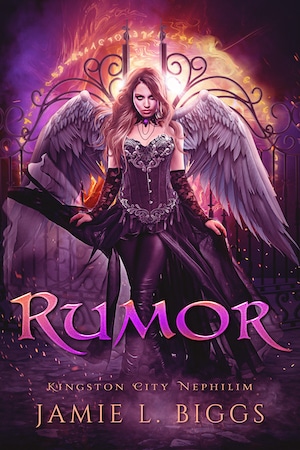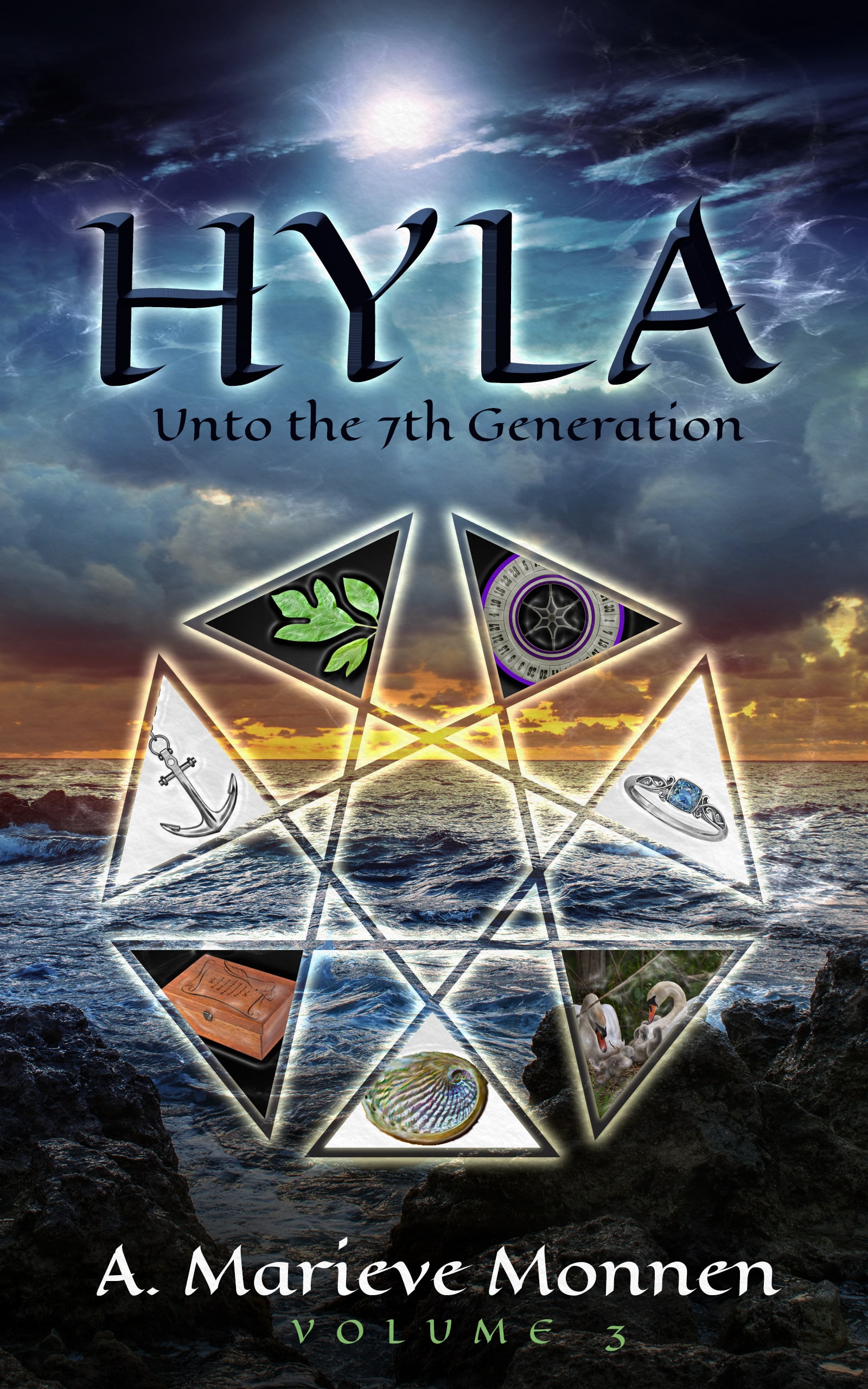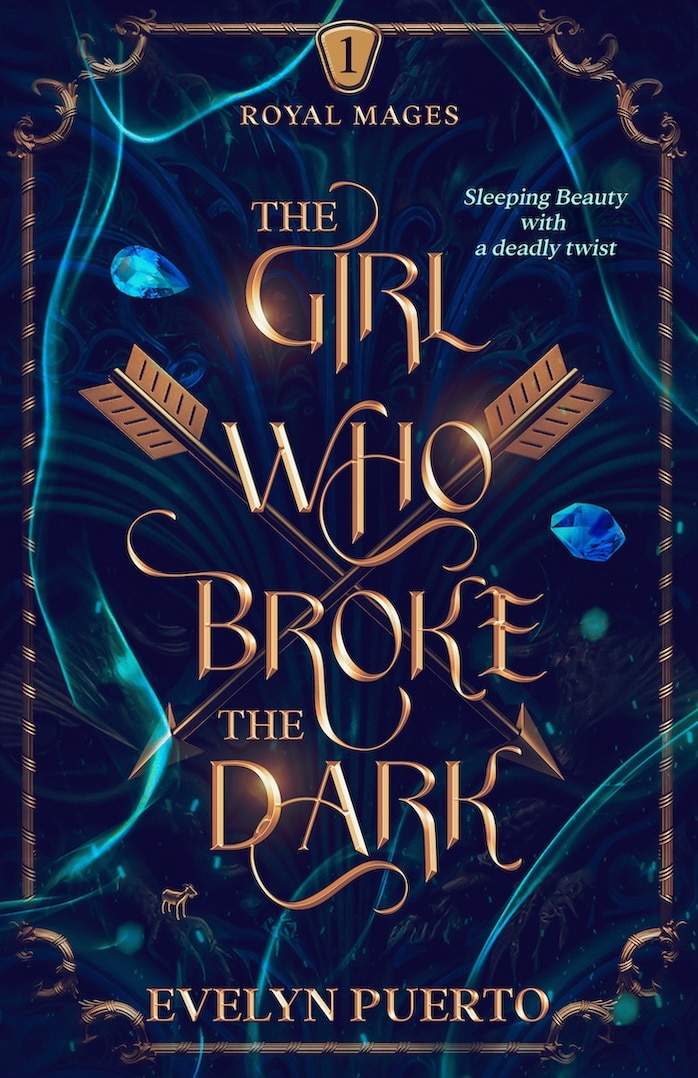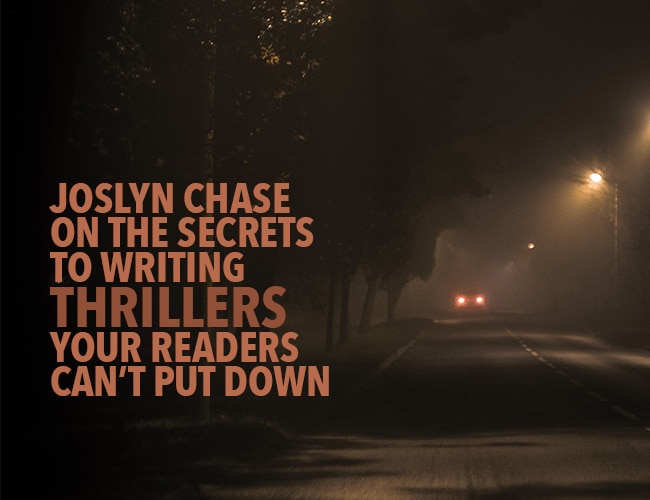
by Sarah Gribble |
Thrillers are hot right now and have been for some time. They can be intimidating to write, however. If you’re looking to dive into the thriller game, this month’s interviewee has some tips to get you started and keep your readers on their toes.
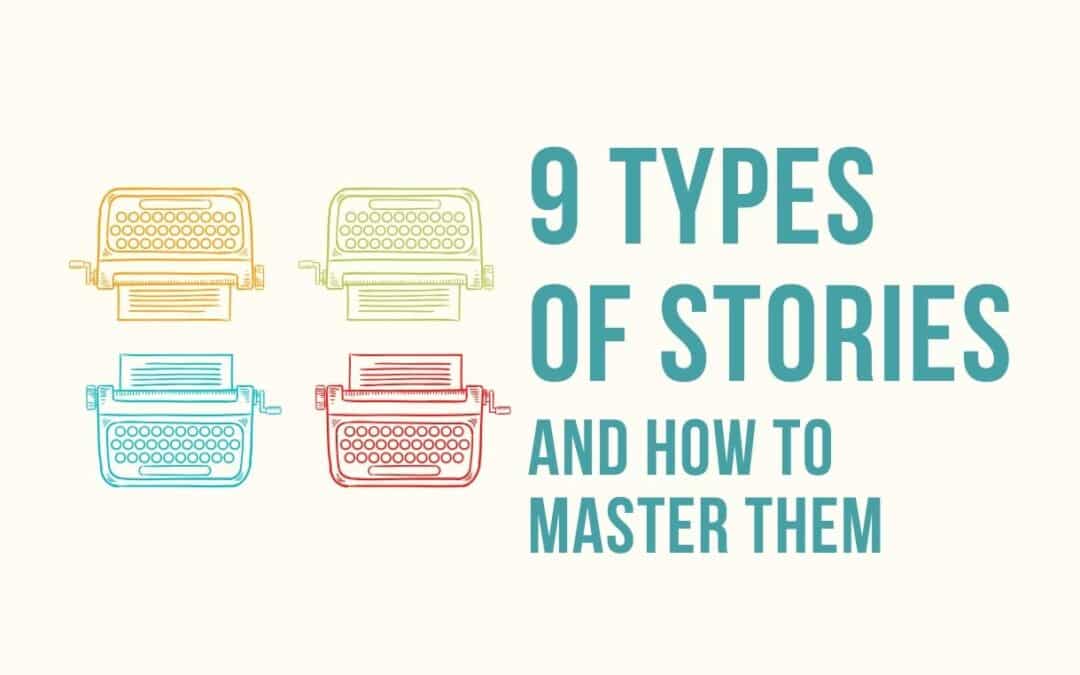
by Joe Bunting |
How do you write a best-selling novel or an award-winning screenplay? You might say, great writing or unique characters or thrilling conflict. But so much of writing a great story is knowing and mastering the type of story you’re trying to tell.
What are the types of stories? And how do you use them to tell a great story?
In this article, we’re going to cover the nine types of stories, share which tend to become best-sellers, and share the hidden values that help you master each type.
But first, what do I mean by “types of stories”?
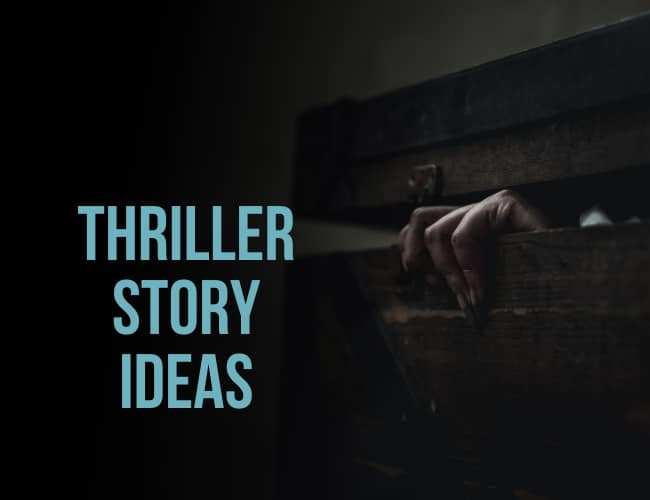
by Ruthanne Reid |
The thriller genre is wildly popular. Thrillers are like mysteries, but with a super dose of suspense, action, and anticipation for the reader. Here are some thriller story ideas to help you start crafting your own fast-paced thriller today!
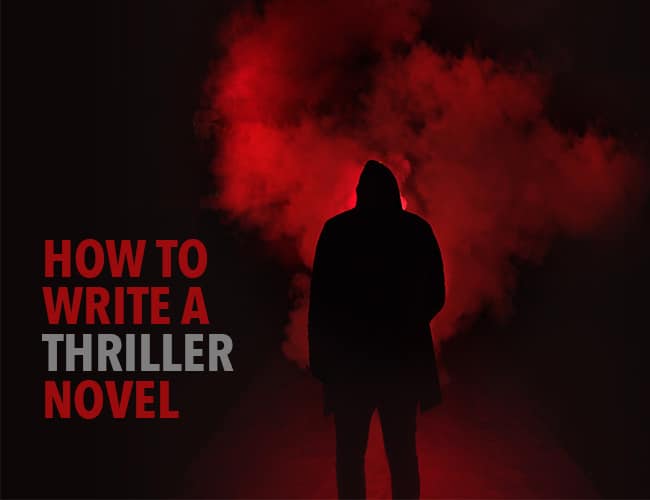
by Joslyn Chase |
A thriller is not just a rollercoaster ride, but like a whole day at a theme park with head-of-the-line privileges. Ride after wild ride with maybe just enough down time to eat a corndog and take a bathroom break. The necessary ingredients for a thriller include conflict, tension, and suspense, all tied up in a nice, twisty package.
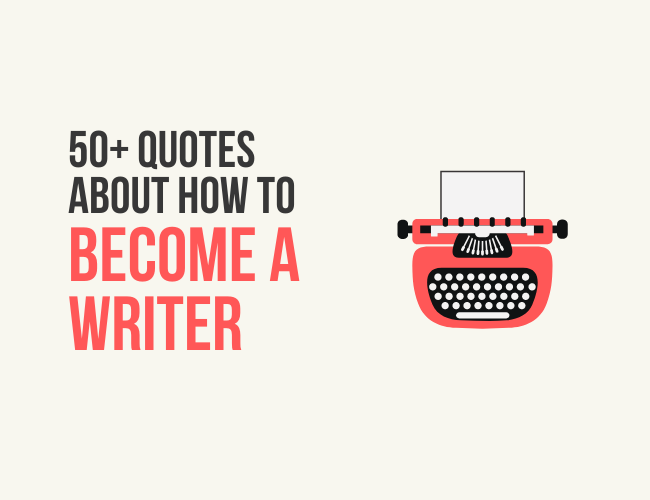
by Joe Bunting |
The best way to become a better writer is to write and then to publish your writing, whether you publish it on a blog, in a book, or with a close friend. It’s only by practicing writing, and getting feedback on it, that you can improve.
That being said, it never hurts to learn from those who have gone before you, and over the years, we’ve compiled a lot of excellent advice from the best writers on how to become a better writer.





